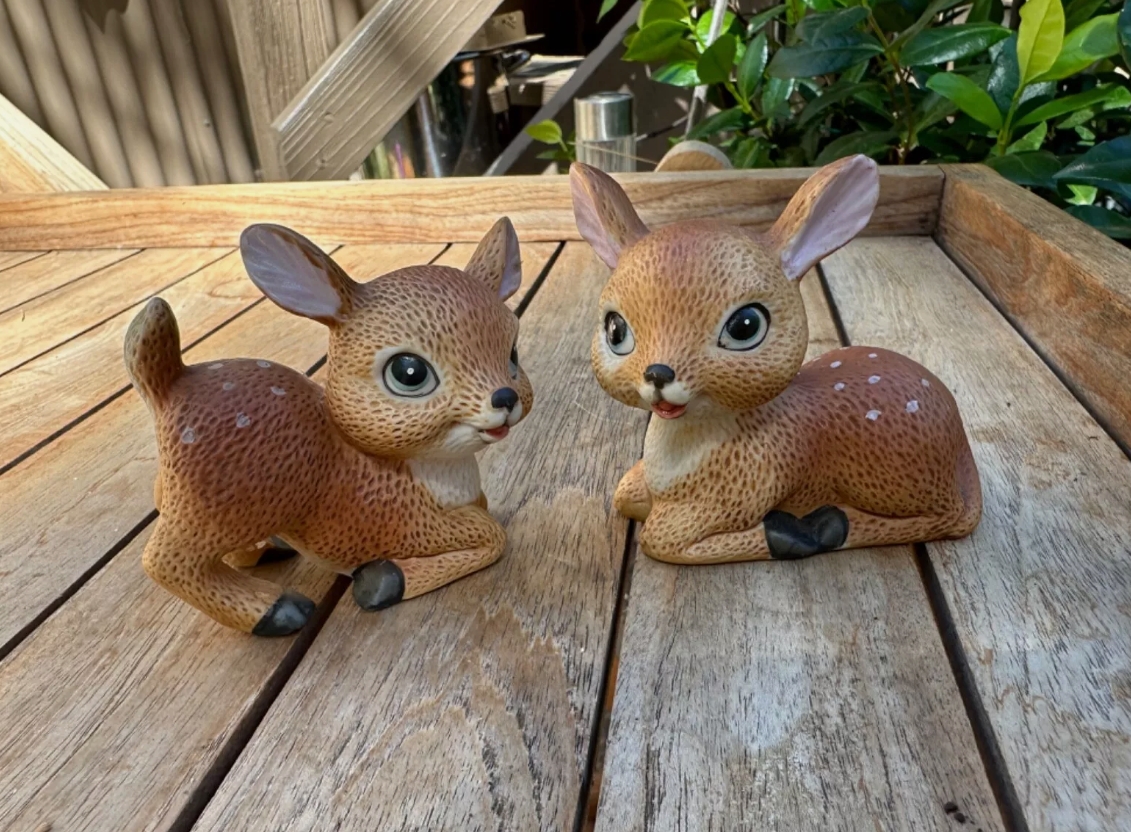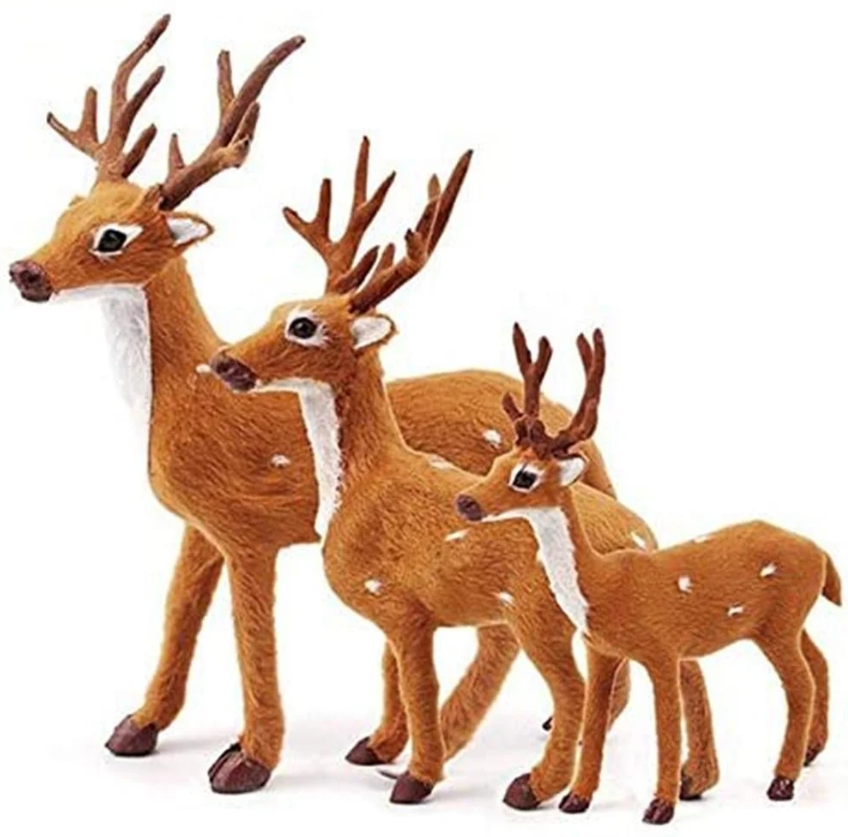The deer model is a widely used tool in ecological and biological research that aims to simulate the behavior and ecological dynamics of deer in a specific environment. These models can help researchers understand the complex interactions between deer and their habitat, including the availability of food resources, the quality of the habitat, the impact of predators, and the impact of climate change on deer populations.
Deer models are typically based on mathematical and computer simulations that use a range of parameters and variables to depict deer growth, reproduction, and mortality. These models take into account not only deer biology, but also external environmental conditions, such as plant growth cycles and terrain changes. By constantly adjusting the model parameters, the researchers were able to predict trends in deer populations under different environmental conditions.
In the ecological study of deer, a common concern is the limitation of food resources. Using the model, the researchers were able to simulate the effects of different food availability on deer population growth. When plant resources are abundant, the survival and reproduction rate of deer are usually higher. On the other hand, resource scarcity can lead to population decline. In addition, models can help assess the impact of human activities on deer habitat, such as urbanization, agricultural expansion, and forest management practices.
Deer models also play an important role in game management and conservation efforts. With accurate model predictions,managers can set more effective hunting quotas and ensure the sustainability of deer populations. At the same time, these models can help identify and protect critical habitats to maintain ecological balance.




